Little Giant Arborvitae
$34.50 Original price was: $34.50.$24.15Current price is: $24.15.
- Free Shipping over $25
- Fast & reliable delivery options
- Enjoy top quality items for less
- Multiple safe payment methods

Round balls of evergreen foliage have a constant charm, and a neat presence that contrasts well with other plants of much looser and more irregular forms. One way to achieve these handsome round accents is to clip plants into shape, but how much better if we could have plants that will do it all by themselves, with no need for trimming at all. The Little Giant Dwarf Arborvitae is just such a plant. It perfectly naturally grows into an ever-expanding ball of rich green foliage, reaching 2 to 3 feet in about 10 years, and ultimately growing to around 4 feet in height and width.
Throughout its life it remains spherical, and that is what makes the Little Giant Dwarf Arborvitae so valuable in the garden, and for low-maintenance. The tiny leaves wrap around the stems closely, and the young branches radiate in sprays, so the effect is of tiny green fans of foliage, neatly tucked together to create a sphere. This variety rarely if ever produces cones. Unlike many other kinds of arborvitae, which often become bronze-colored in winter, this fabulous little plant stays rich green throughout the coldest months.
Growing Little Giant Arborvitae Shrubs
Use the Little Giant Arborvitae wherever you want a neat, round form. Add it to a variety of other evergreens and flowering shrubs for planting around your home. It is perfect below low windows or plant a pair on either side of a full-length window or flanking a door. Plant it as a single specimen in a smaller space, or in groups to fill larger spaces. Out in the garden it fits well among other shrubs, for example in the foreground of a bed of larger shrubs and small trees. A row makes an easy visual boundary, perhaps along a path or driveway, or to separate a vegetable garden from more ornamental areas. For containers, this is an excellent choice, giving us that neat round form, without needing clipping, to decorate patios and terraces, or in planters surrounded by flowers.
On top of all this, the Little Giant Arborvitae is incredibly hardy. Even in chilly zone 3, which is found straddling the border with the US and Canada, this plant thrives. Yet it is tough enough to do well as far south as zone 7 too, where it is just as useful for its neat, round form. Soil is not a problem either, because this bush will grow in almost any soil, sand or clay, as long as it doesn’t sit wet for weeks at a time. It is, however, much more tolerant of wet soils than most other conifers, as is obvious when you see it growing wild in wet-land areas. Pests and diseases are not a problem, although deer will graze on it in winter, given a chance. Clipping is strictly optional, and some gardeners do like to clip once a year, just to get a geometrically precise look, but for most of us, this shrub’s natural roundness is just fine.
History and Origins of the Little Giant Arborvitae
White Cedar or American Arborvitae, called Thuja occidentalis by botanists, is a tree that can be found growing wild all through north-eastern America. It is often found growing in wet-lands or at the edge of forests. In its natural form this plant is an upright-growing narrow tree that can reach 30 to 60 feet in height. The name arborvitae means ‘tree of life’ because a tea made from the leaves is rich in vitamin C. This was taught to the early settlers by Native Americans, and it must have saved many of the early colonies during the long, cold winters living on flour and meat.
Forms of this tree, such as the Emerald Green Arborvitae, are used for hedging and upright specimens, particularly in the coldest areas. There are also several useful varieties of different sizes, but the one called ‘Little Giant’ stands out for its moderate size, rich green foliage all year round, easy care, and its round form. It was developed in 1970, at the McConnell Nurseries in Ontario, Canada. Gene Blythe was their head grower, and he raised many seedlings of this tree, and tested them for form, hardiness, and vigor. He selected several, all beginning with the word ‘Little’ and ‘Little Giant’ is one of his best selections.
Our plants are grown from stem cuttings taken from the best examples of this tree, then rooted and grown into vigorous young plants. With today’s busy lifestyles, very few of us have the time to trim bushes into balls, but we love the look, and so many of our clients love the Little Giant Arborvitae. Order right away, as our stock will soon be gone.
Be the first to review “Little Giant Arborvitae” Cancel reply
Related products
Cedar Trees
Evergreen Trees
Arborvitae Trees
Evergreen Trees
Evergreen Trees
Cypress Trees
Evergreen Trees
Evergreen Trees

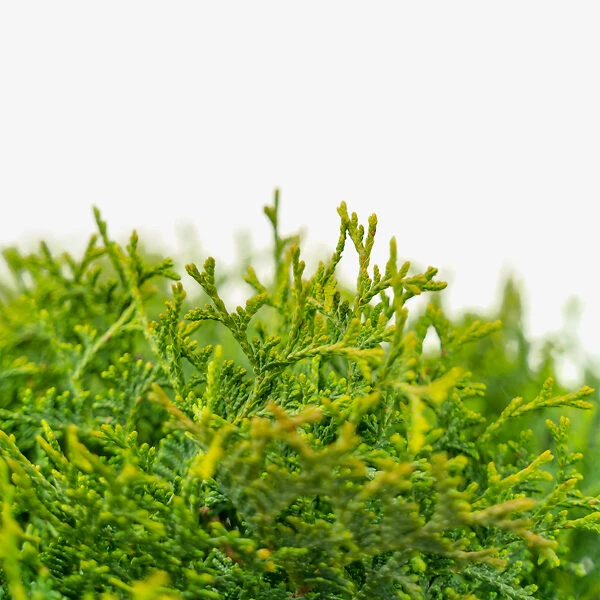
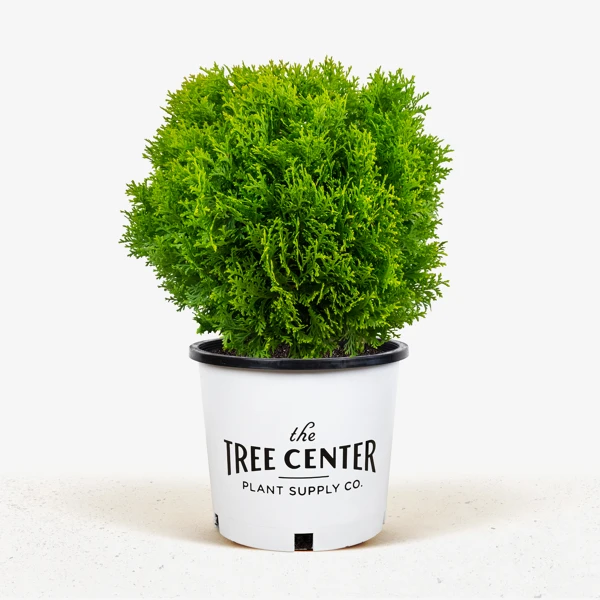
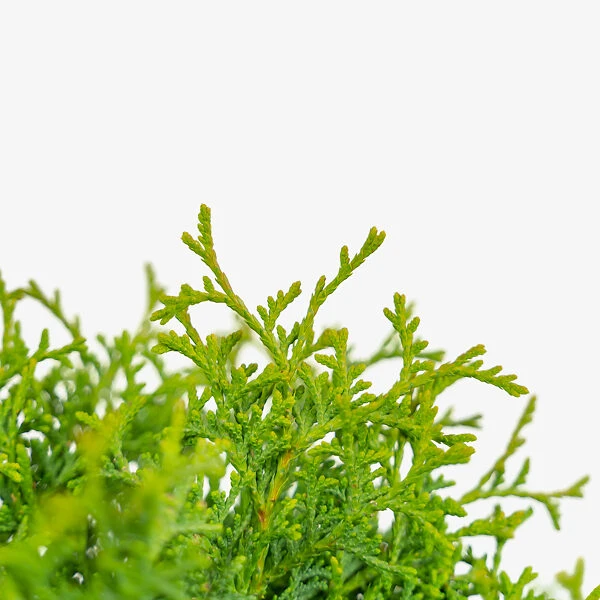







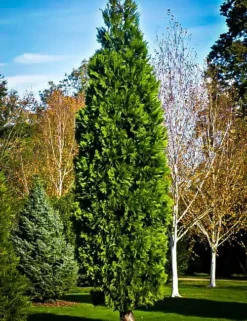
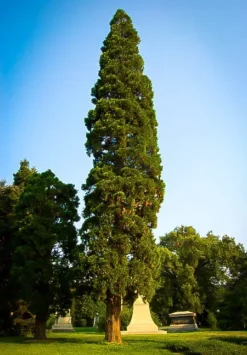


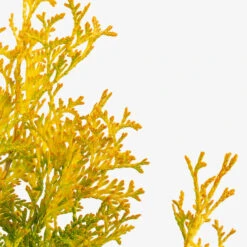
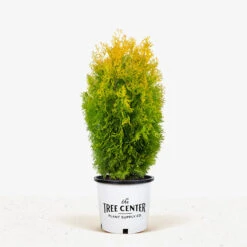


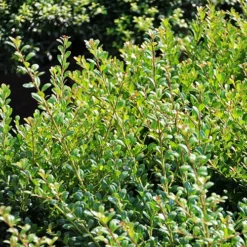
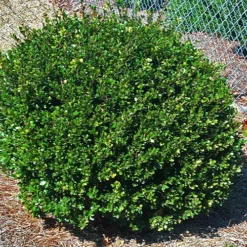
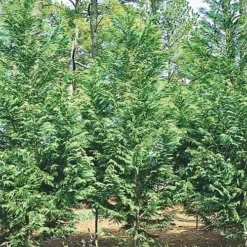



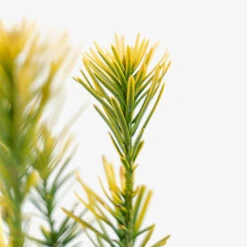
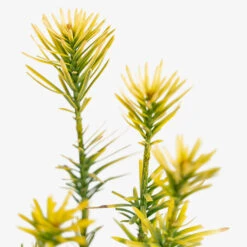
Reviews
There are no reviews yet.